Women and Whitlam: Revisiting the revolution
NewSouth, $34.99 pb, 352 pp
Lust for liberation
When the Whitlam government was elected in 1972, women across Australia responded with elation. The Women’s Liberation Movement had helped bring Labor to power and was in turn galvanised by the programs, reforms, and appointments that began to be put in place. In Women and Whitlam: Revisiting the revolution, Michelle Arrow has assembled a splendid range of memoirs, reminiscences, and short essays that document twenty-five women’s perspectives on this much mythologised era. The collection will be of great interest to those who lived through these momentous times and to readers of Australian social and political history more generally. It will also serve as a useful teaching text.
Lusting for revolution, some women’s liberationists worried about whether reforms of the kind advocated by the more respectable Women’s Electoral Lobby (WEL) would undercut their radical aspirations. WEL wanted to engage the political system and famously sent a questionnaire to all political candidates in the 1972 election. Biff Ward, a self-described ‘Movement junkie’, pays tribute to the impact of the combined work undertaken by two different kinds of activists: ‘The combination of Women’s Liberation, with its wellspring of ideas harvested from sharing the lived experience of women, and WEL, the river of female outrage that swelled to push the issues into politicians’ faces, meant we spread like an unexpected flood into public consciousness.’
The two streams would merge during the time of the Whitlam government to become known as the ‘women’s movement’, personified by the newly appointed Special Adviser to the Prime Minister, the Canberra-based intellectual and first ‘femocrat’, Elizabeth Reid. Femocrats, as American commentator Hester Eisenstein would later observe, were an Australian invention, testament to the active role of government in Australia in responding to feminist demands. They were a novelty, but also an expression of a long-established Australian political tradition. As Marian Sawer points out in her introductory note to the ‘Women and Political Influence’ section, ‘looking to the state’ to promote social justice was an Australian political tradition, quite different from the anti-state traditions that framed women’s liberation theory in the United States.
Continue reading for only $10 per month. Subscribe and gain full access to Australian Book Review. Already a subscriber? Sign in. If you need assistance, feel free to contact us.


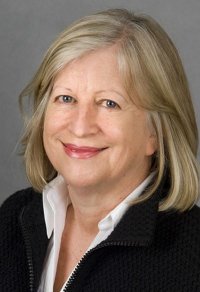
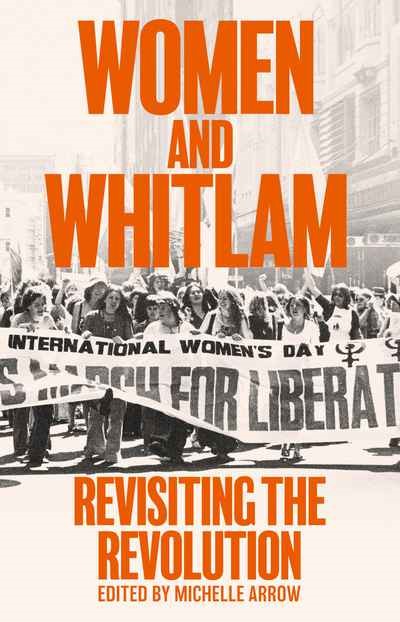
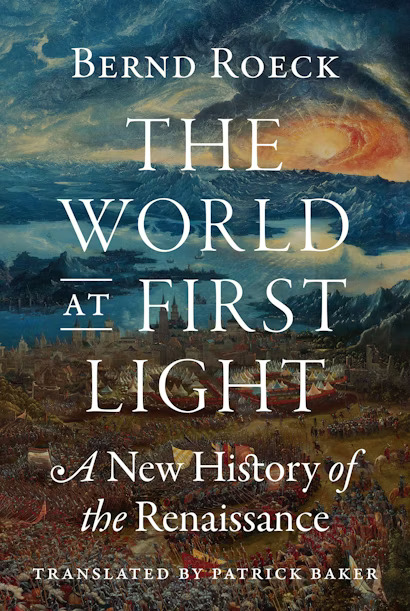
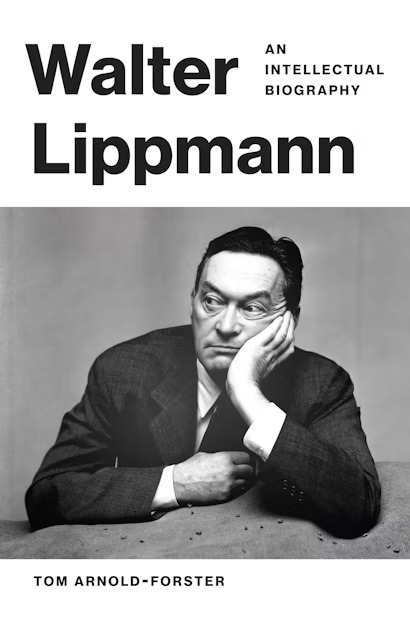
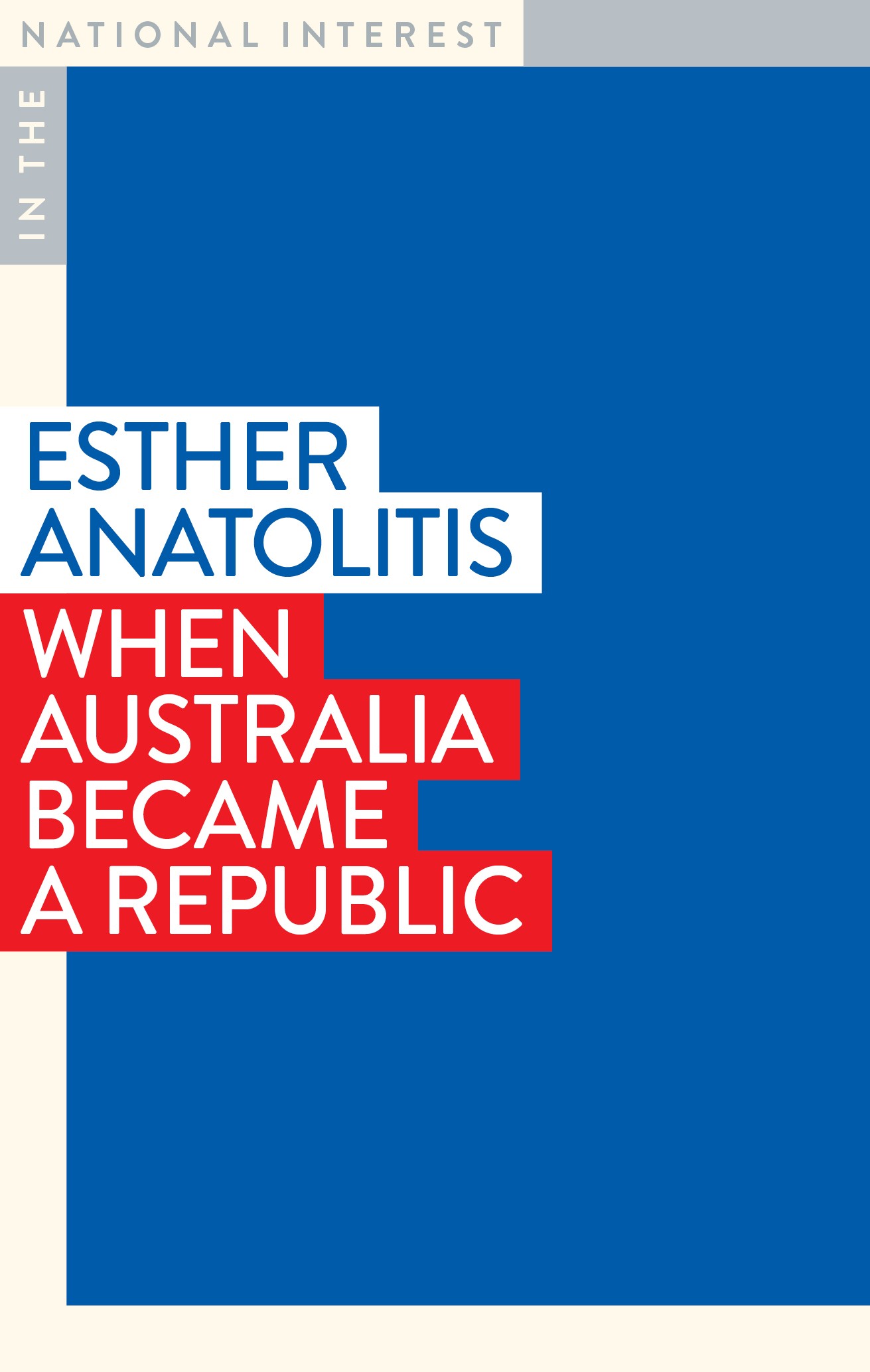
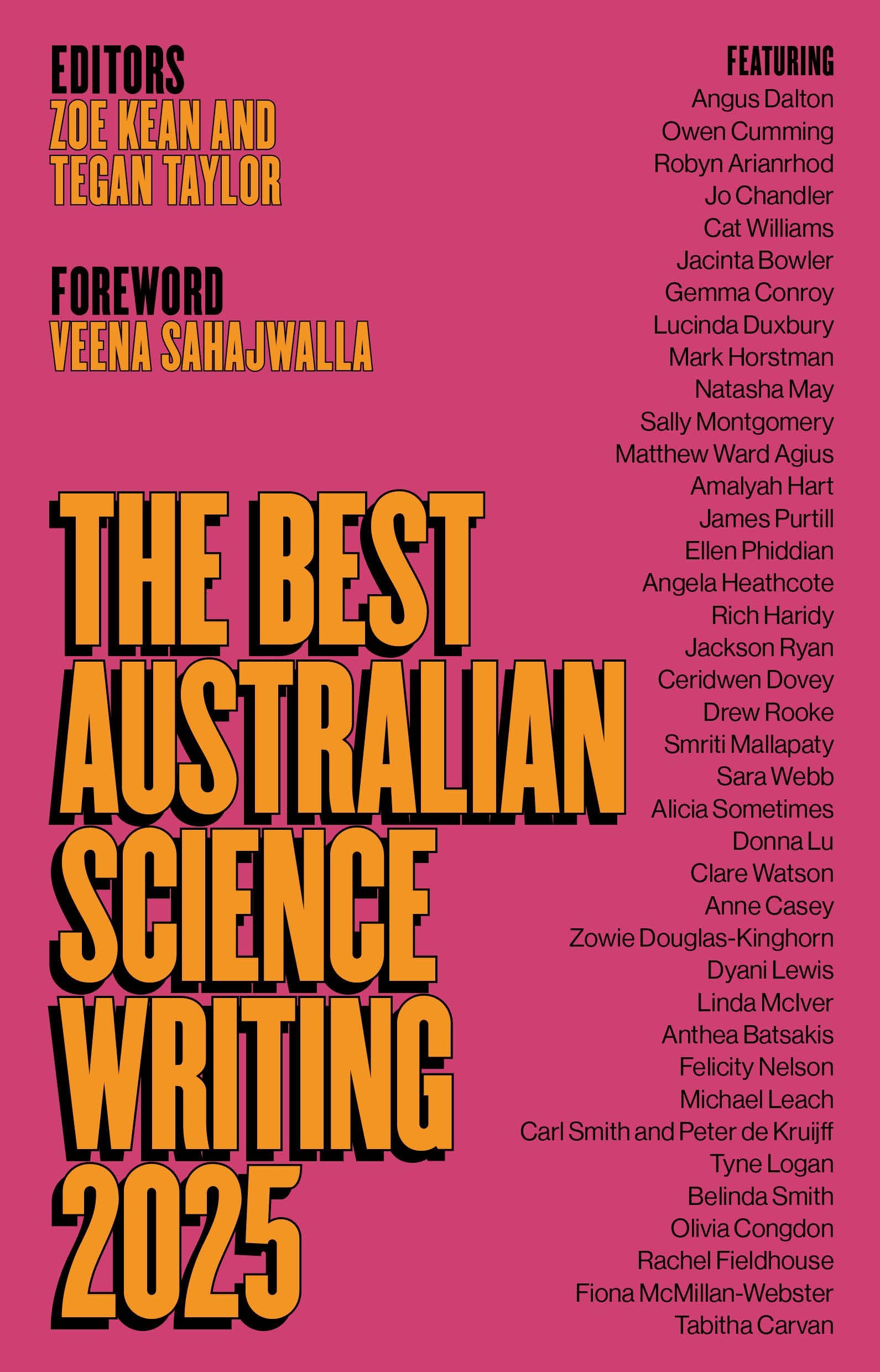

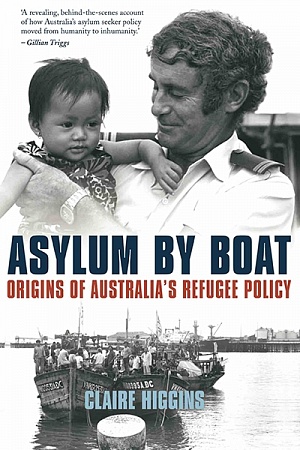
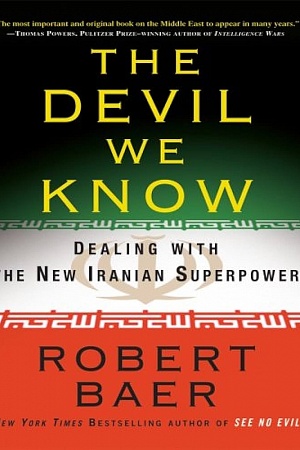

Leave a comment
If you are an ABR subscriber, you will need to sign in to post a comment.
If you have forgotten your sign in details, or if you receive an error message when trying to submit your comment, please email your comment (and the name of the article to which it relates) to ABR Comments. We will review your comment and, subject to approval, we will post it under your name.
Please note that all comments must be approved by ABR and comply with our Terms & Conditions.